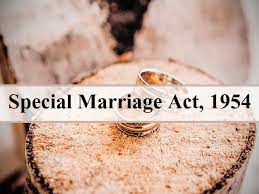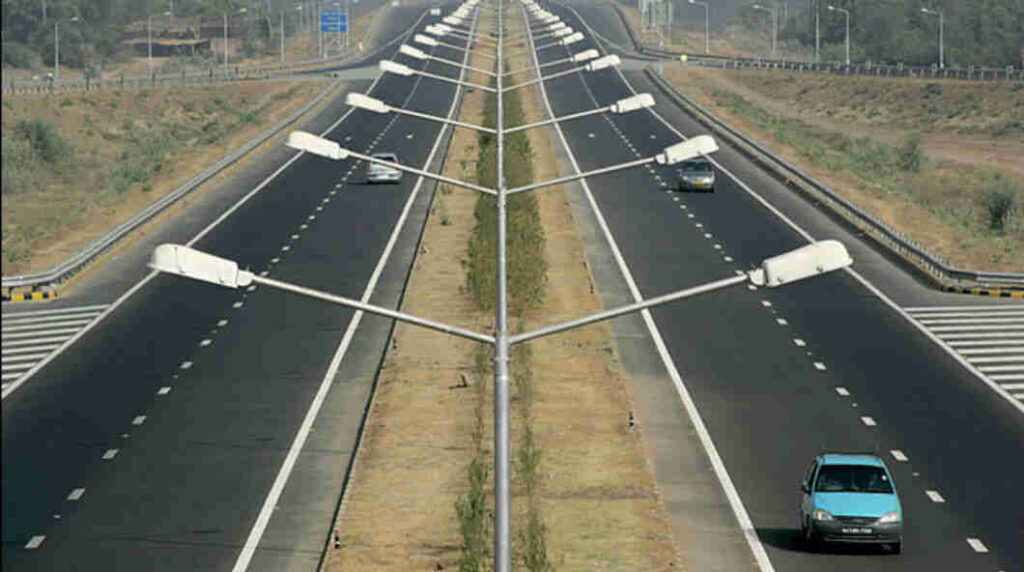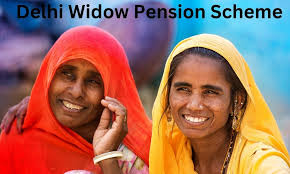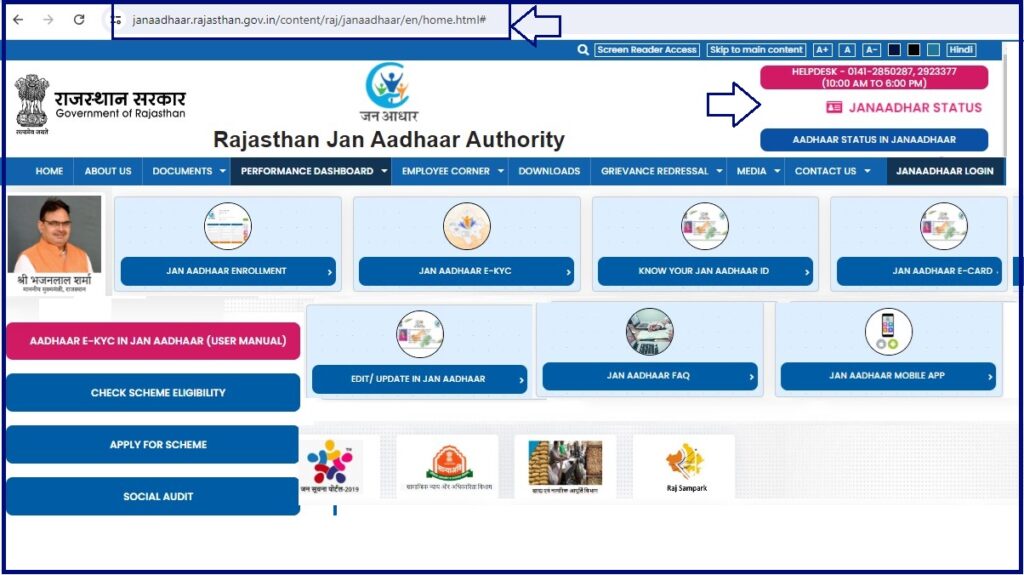Special Marriage Act
Marriage has traditionally held a sacred place in Indian society, with people placing the union of two individuals as a couple on a very high pinnacle. Throughout history, the practice of marriage has accumulated so many norms and ethics that it has resulted in a union of two families rather than two individuals. When picking partners for marriage, there is frequently a significant level of social involvement. In many regions of India, for example, marriage between members of the same social status or caste has become a norm, while inter-caste marriages are strongly prohibited. The Special Marriage Act was drafted into the Indian legal system in the year 1954 as one of independent India’s most prominent secular measures. The Act was designed to be a legislation that governs marriages which couldn’t be solemnized under the various religious customs. The Act is applicable to all Indian citizens, whether residing in India or abroad. The State of Jammu and Kashmir is excluded under the ambit of this Act, though residents domiciled in other states but residing in Jammu and Kashmir would qualify for these provisions. A brief overview of the Special Marriage Act, 1954 As one of independent India’s most significant secular initiatives, the Special Marriage Act, 1954 was brought into the Indian legal system in 1954. The Act was intended to be a piece of legislation that controls weddings that could not be solemnised due to religious traditions. The Act applies to all Indian nationals, whether they live in India or outside. The State of Jammu and Kashmir is not included in the scope of this Act, although persons domiciled in other states but residing in Jammu and Kashmir would be eligible for these provisions. It is a piece of law that establishes a special type of marriage by registration. Marriage is unique in that there is no requirement to convert or reject one’s religion. Unlike conventional arranged weddings, which include two families from the same caste or community, the Act aspires to legalise interreligious or inter-caste marriages. The Act’s Certificate of Registration has been regarded as universal evidence of marriage. As stated in the Preamble, the Act allows for a special form of marriage in specific circumstances, registration of such and other marriages, and divorce Objectives of the Special Marriage Act, 1954 The following are the key goals that may be derived from the Act’s Preamble: A specific type of marriage, documentation of certain marriages, separation. Conditions for Marriage Neither of the parties has a living spouse. Neither of the parties is incapable of consenting to the marriage owing to unsound mind. Neither of the parties is affected with any mental disorder which renders them unfit for marriage and the procreation of children. Neither of the parties is subject to constant attacks of epilepsy or insanity. The bridegroom and the bride have attained the age of 21 and 18 respectively. The parties are not within the confines of a prohibited relationship. It may be noted though that if a custom governing at least one of the parties doesn’t prohibit a marriage between them, the marriage can be solemnized under this Act. Applicability of the Special Marriage Act, 1954 The Special Marriage Act, 1954 extends to all Indian states as well as Indian nationals living in other countries. Individuals of diverse faiths, such as Muslims, Hindus, Parsis, Sikhs, or Christians, can marry under this Act. The Act applies not only to interreligious or inter-caste marriages or love marriages but also to intra-faith marriages and provides an option to register marriages performed in accordance with the couple’s personal laws. The fulfillment of customs and ceremonies to solemnise the marriage is a requirement of personal laws, whether Hindu or Muslim law, however, the Special Marriage Act, 1954 does not demand the performance of any rituals or ceremonies; rather, the single requirement for being married is two persons having permission. It applies to the whole of India except the State of Jammu and Kashmir and applies also to citizens of India domiciled in the territories to which this Act extends who are (in the State of Jammu and Kashmir). Marriages between Hindus, Muslims, Christians, Sikhs, Jains, and Buddhists are all covered under the statute. As a result, there is no distinct court marriage for different faiths; rather, it is a uniform process of being married regardless of religion. Important Sections of the Special Marriage Act, 1954 Section 4 of the Special Marriage Act, 1954 addresses the numerous requirements for a lawful marriage. It specifies four basic requirements for a legitimate marriage: It forbids polygamy and declares a marriage null and void if neither party had a spouse living at the time of the marriage. The married partners must be in a sound state of mind. The parties must be able to make their own decisions and be sane at the moment of marriage. Both parties to the marriage must have reached the legal age of majority. The female party must be at least eighteen years old at the time of marriage application, and the male party must be at least twenty-one years old. The parties going into marriage should not be in close proximity to one another and should not be in a forbidden connection with each other. The degree of banned relationship is determined by the conventions of the persons involved and differs from one tradition to the next. Schedule one of the legislation outlines the degrees of banned connections; nonetheless, in typical circumstances, the norms governing persons take precedence. The marriage will only be lawful if all of these prerequisites are met. Other prerequisites for a lawful marriage include the permission of the parties, with both parties entering into the marriage providing acceptable consent. The willingness of both parties is taken into account. The caste or religion of either party is not taken into account and will not operate as a barrier. Section 5 of the Act specifies that the parties must give written notice to the Marriage Officer of the District and that at
Special Marriage Act Read More »









